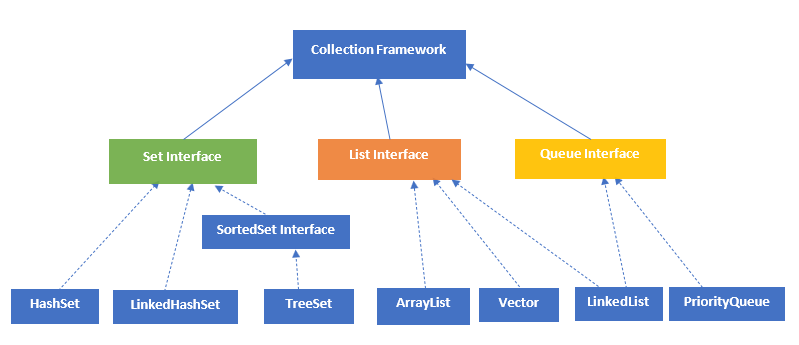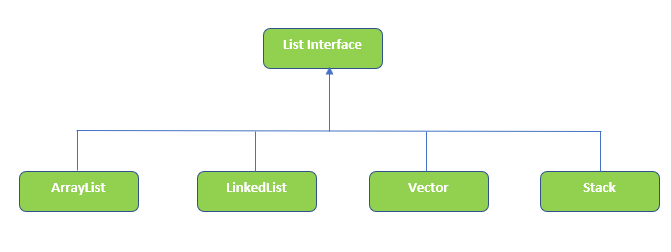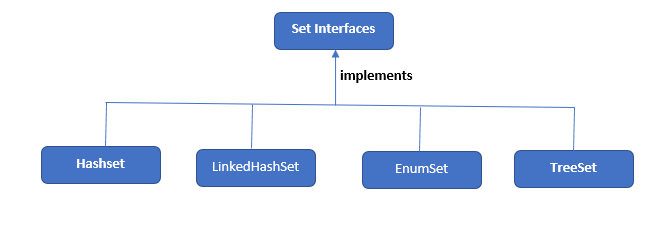Java Collections for Beginners
Discover how Java frameworks help you build applications without defining the architecture. Explore how built-in frameworks save time and effort at rrtutors.com
Java collection is simply a unit of objects that contains many classes and interfaces. Using a Java collection, you can manipulate and store multiple objects simultaneously. Java Collection allows you to manipulate data in many ways, including sorting, deleting, searching, and inserting. In this post, we will go through the java collection framework, the collection framework interfaces, and the classes used to implement these interfaces.
Collection Framework
A framework is simply a set of interfaces and their implementations, such as classes, which describe a built-in architecture. The Java framework is built-in, which implies that you do not have to define it when you add new classes or features.
The Hierarchy of a Collection Framework
This image shows the Java Collections Hierarchy of the Collection Framework
 |
The SubInterfaces of a Collection Interface
The Java collection interface is broken down into three subinterfaces implemented by different Java Classes. Here are the three subinterfaces:
-
List interface
-
The Set interfaces
-
Queue Interface.
Java List Interface
The List interface extends the collection interface. As its name implies, it is a collection that contains elements sequentially, much like an array. As such, it lets you access and stores elements sequentially.
This interface is implemented using the following classes:
-
ArrayList
-
LinkedList
-
Vector
-
Stack
 |
ArrayList
An ArrayList class is used in the Java Collection framework to create resizable arrays.
When working with arrays in Java, you will need to define their size before utilizing them. However, it is quite difficult to change the size of an array once you define it within Java.
To solve this problem, you should use the ArrayList class. This class enables you to construct resizable arrays.
How to create Arraylist in Java
LinkedList
The Java collection framework implements the linked list (doubly linked list) data structure with a LinkedList class.
There are three fields in a linked list - Prev, Next and Data. prev stores the addresses of the previous elements, next stores the next elements in the list, and lastly, Data which contains the actual data. Determining the address of the previous element in the list can be done with the Prev field, Next field and Data field
How to create LinkedList in java
Vector
Just like an ArrayList, the Vector class is also used to implement a List interface and creates resizable arrays. It is used as an alternative to an ArrayList.
Despite the similarities in functionality between these two Java classes, the ArrayList is more preferred to the Vectors class since the Vector is considered to be less efficient.
How to create Vector in Java
Stack
The stack class is used to provide stack data structure functionality in Java. The elements in the stack are accessed and stored based on the Last In, First Out principle, which implies that the element that was added last is the first to be accessed
Java Set Interfaces
The Set interface extends the Collection interface to provide the features of a mathematical set in Java.
In contrast to the list interface, the set interface contains duplicate items.
Since Set is a Java interface, we cannot create objects from it. To use its features, we need to use the following classes:
-
HashSet
-
LinkedHashSet
-
EnumSet
-
TreeSet
 |
HashSet
This class implements the set interface.
The HashSet class is used to implement the functionality of the hash table data structure.
LinkedHashSet
As its name implies, the “LinkedHashSet” is a Java collection framework class that provides the functionalities of both the Linked list and the HashTable data structures.
Hash tables ensure that elements of LinkedHashSet are stored within the hash tables in the same way as HashSet, while the LinkedList specifies the order in which the elements in the hash tables will be inserted
How to Create LinkedHashSet in Java
EnumSet
This class also implements the Set interface. It provides a way to implement a set of elements of an enum
TreeSet
This class implements the functionality of a tree data structure within the Java collections framework
Java Queue Interface
In the Java Collections framework, the Queue interface enables the Queue data structure functionality.
This interface is implemented using the following classes:
-
ArrayDeque class
-
LinkedList class
-
PriorityQueue
ArrayDeque class
The ArrayDeque class is used for implementing the deque and queue data structure using arrays
This class implements the Java Queue interface and the Java Deque interface.
ArrayDeque Methods
Following are a few methods you can use to implement various functionalities in our ArrayDeque java programs:
-
add()- It will insert the specified element into an ArrayDeque
-
addFirst()- It will insert a specific element of an ArrayDeque at the beginning of an ArrayDeque.
-
addlast()-It will insert a specified element at the end of an ArrayDeque
-
getFirst()-It will return the first element of an ArrayDeque
-
getLast()-It will return the last element of an ArrayDeque
-
peek()- returns the value of the first element of an ArrayDeque
-
peekFirst()- this returns the first element in the arrayDeque that is equivalent to the peek()
-
peekLast()- this returns the last element of the array deque
-
remove()- It will return and remove the first element from ArrayDeque
-
remove(element)- removes the specified element
-
removeFirst()- returns and removes the first element from arrayDeque
removeLast()- removes the last element in the ArrayDeque
How to create ArrayDeque in Java
LinkedList class
LinkedList is a class that provides the functionality of linked lists in the Java Collections Framework.
Three nodes are usually present in a linked list: the prev, next, and data. The prev node contains the address of the previous element, the next node contains the address of the next element, and the data node contains the address of the fourth element.
PriorityQueue
PriorityQueue provides the functionality of the heap data structure. However, unlike other queues, priorityQueues are usually retrieved in ascending order. The results are sorted. Therefore, the head of the priority queue will typically be the smallest element. After the smallest element is retrieved, the next smallest element will be retrieved to become the head
How to create PriorityQueue in Java